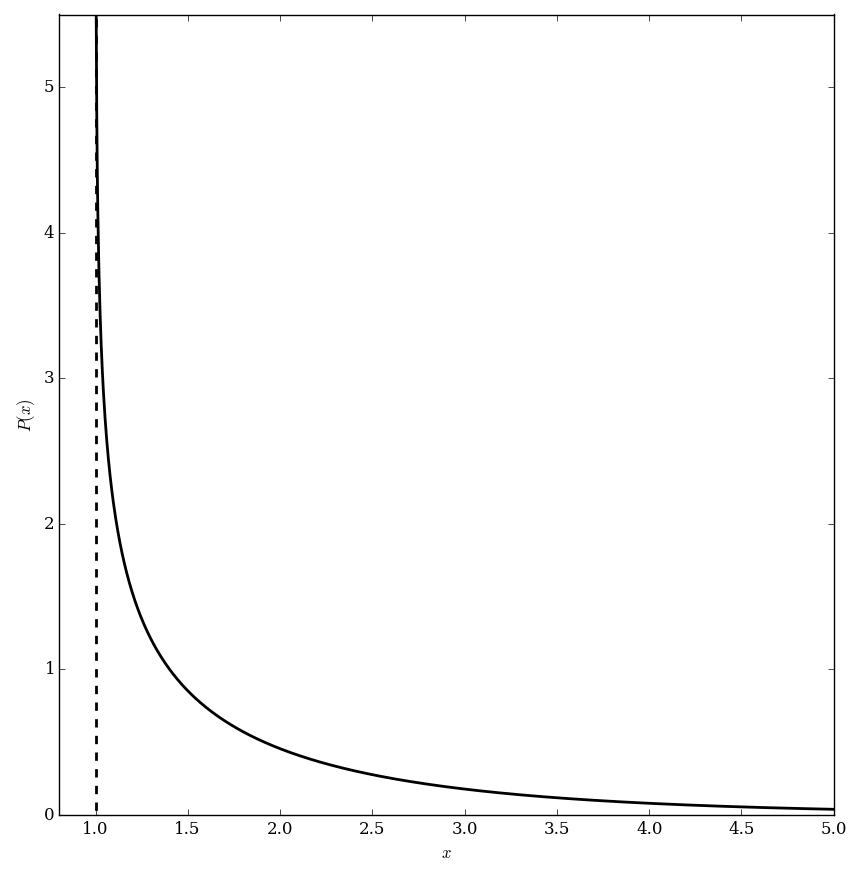Difference between revisions of "Prime zeta P"
From specialfunctionswiki
| Line 13: | Line 13: | ||
=Properties= | =Properties= | ||
[[Relationship between prime zeta, Möbius function, logarithm, and Riemann zeta]]<br /> | [[Relationship between prime zeta, Möbius function, logarithm, and Riemann zeta]]<br /> | ||
| + | |||
| + | =External links= | ||
| + | [http://math.stackexchange.com/questions/49383/how-does-sum-px-p-s-grow-asymptotically-for-textres-1/49434#49434 How does ∑p<xp−s grow asymptotically for Re(s)<1?] <br /> | ||
=References= | =References= | ||
| Line 18: | Line 21: | ||
* {{PaperReference|On the Sums of the Inverse Powers of the Prime Numbers|1891|James Whitbread Lee Glaisher}} | * {{PaperReference|On the Sums of the Inverse Powers of the Prime Numbers|1891|James Whitbread Lee Glaisher}} | ||
* {{PaperReference|On the prime zeta function|1968|Carl-Erik Fröberg}} | * {{PaperReference|On the prime zeta function|1968|Carl-Erik Fröberg}} | ||
| − | |||
| − | |||
[[Category:SpecialFunction]] | [[Category:SpecialFunction]] | ||
Revision as of 19:30, 15 June 2016
The prime zeta function is defined by $$P(z) = \displaystyle\sum_{p \mathrm{\hspace{2pt} prime}} \dfrac{1}{p^z},$$ where $\mathrm{Re}(z)>1$. It can be extended outside of this domain via analytic continuation.
Properties
Relationship between prime zeta, Möbius function, logarithm, and Riemann zeta
External links
How does ∑p<xp−s grow asymptotically for Re(s)<1?
